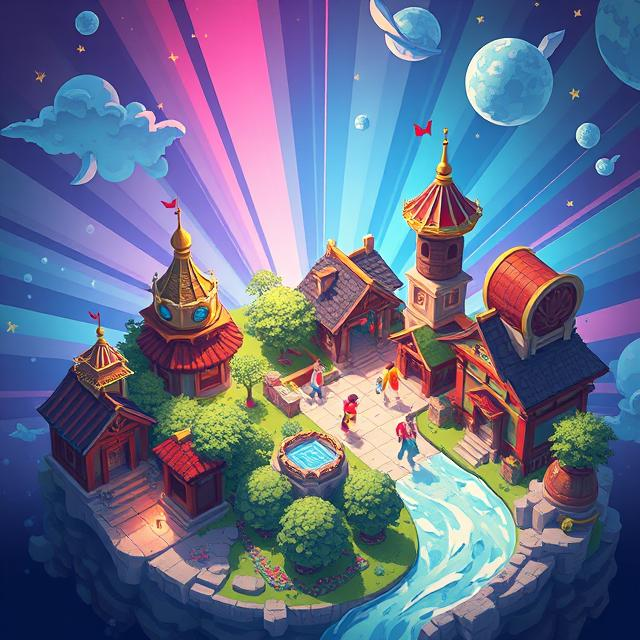An in-game economy isn’t just about coins or crafting materials—it’s the system that governs how players earn, spend, and value their time. A well-balanced economy supports long-term engagement and player agency. A poorly designed one can destroy motivation and skew game balance.
In MMORPGs like World of Warcraft, the economy encompasses auction houses, crafting systems, loot distribution, and even labor via farming or gathering. Prices fluctuate with demand, player behavior, and content cycles. Veteran players manipulate the market, while newcomers engage with systems that teach resource management.
In Escape from Tarkov, economy dictates strategy. Players consider the value of items they bring into a raid versus potential rewards. Risk assessment becomes central to gameplay. The dynamic flea market creates a living, breathing economic layer that rewards knowledge and timing.
Multicurrency systems in games like Clash Royale or Genshin Impact manage player progression and monetization. Hard currency, soft currency, materials, tokens—each plays a different role in pacing the player’s advancement or incentivizing purchases.
A strong in-game economy should:
- Reward time investment fairly
- Prevent inflation and item flooding
- Offer meaningful choices in how to spend and earn
- Encourage player interaction and trade
- Remain transparent and avoid pay-to-win traps
The economy is the invisible hand of game design. It influences how players behave, what they value, and how long they stay engaged. It’s not just a background system—it’s the heartbeat of progression.

Leave a Reply